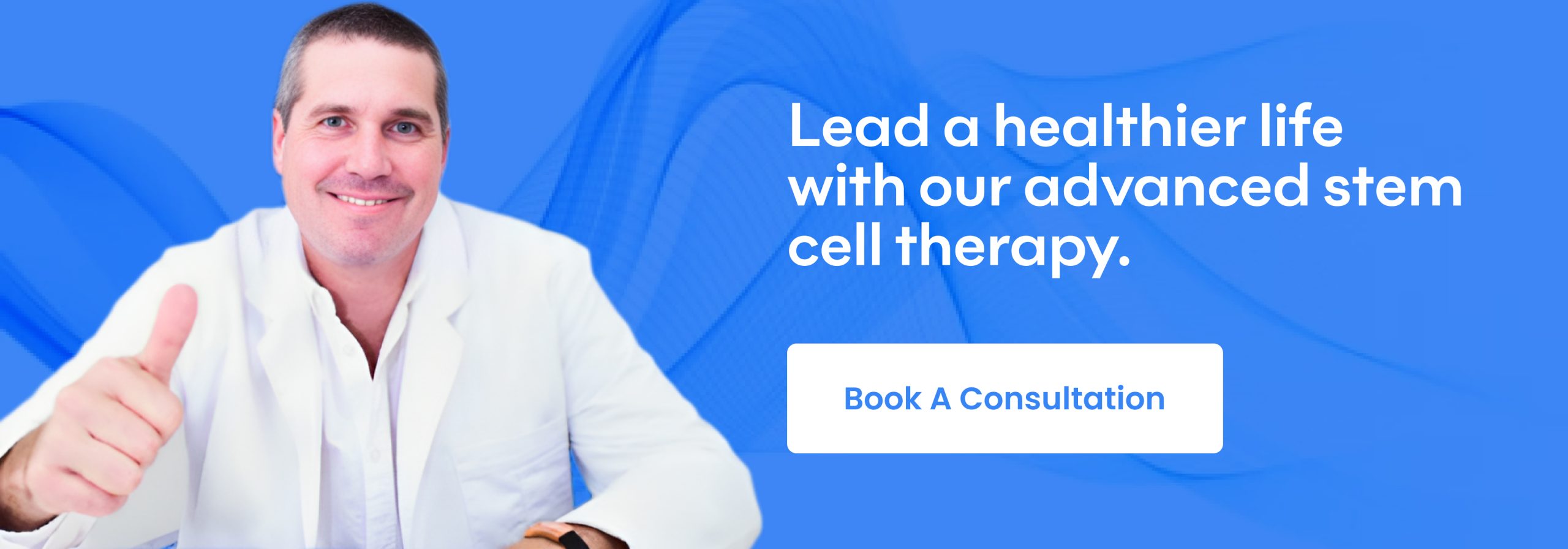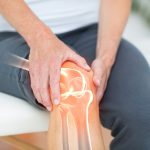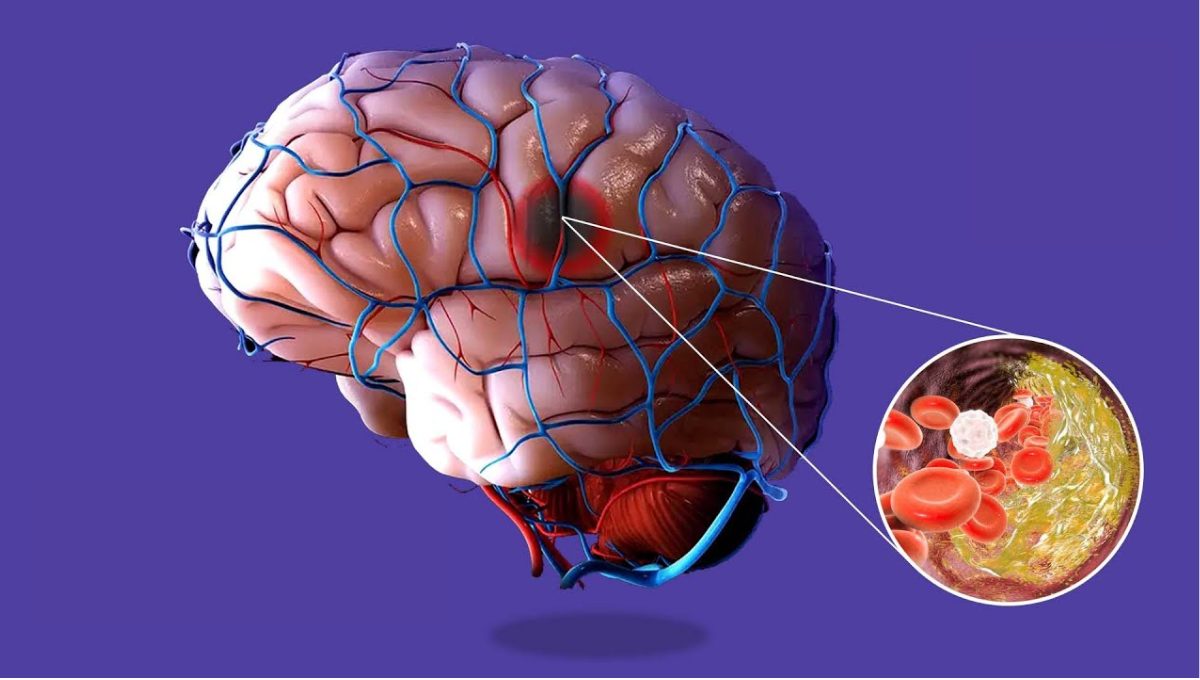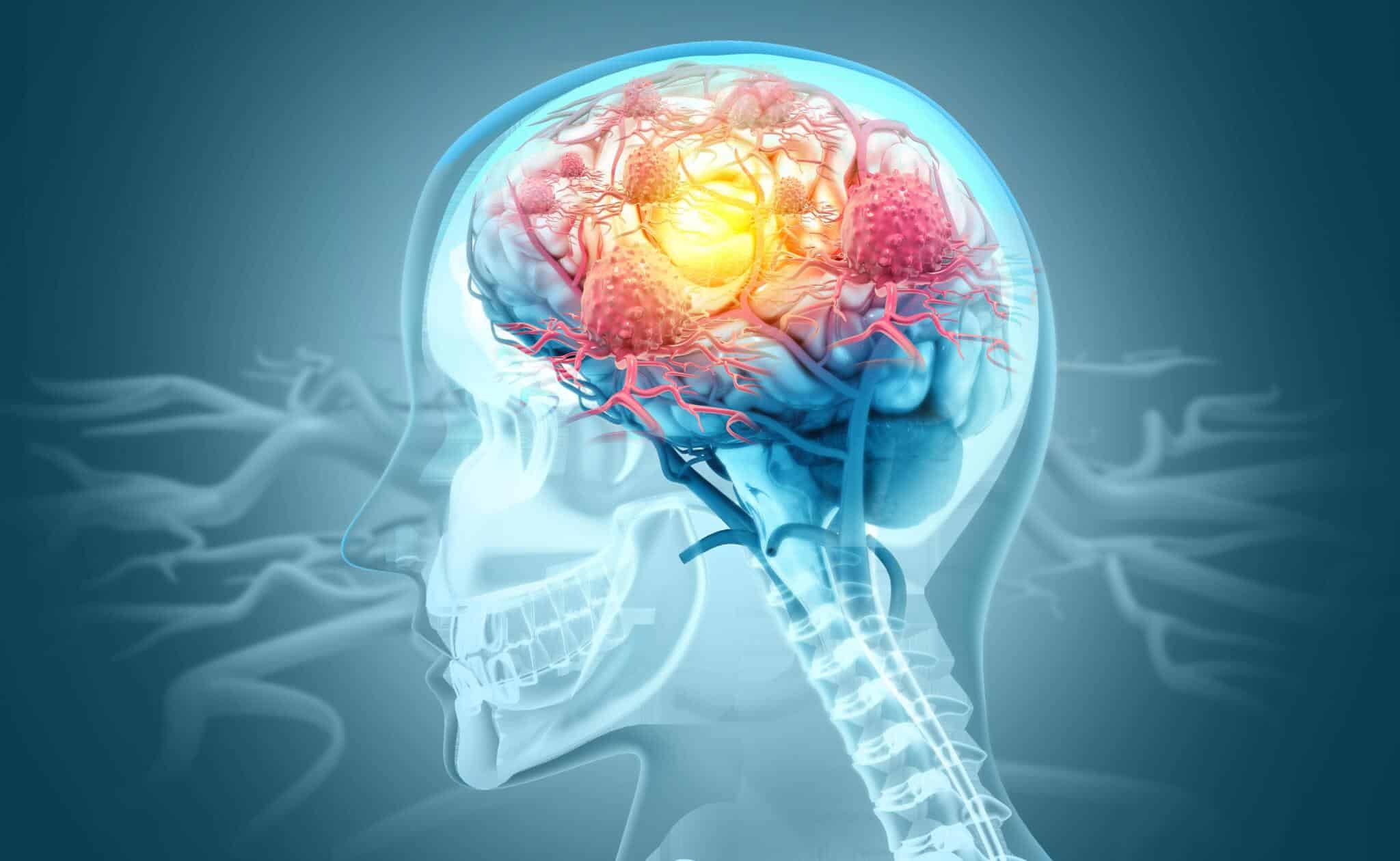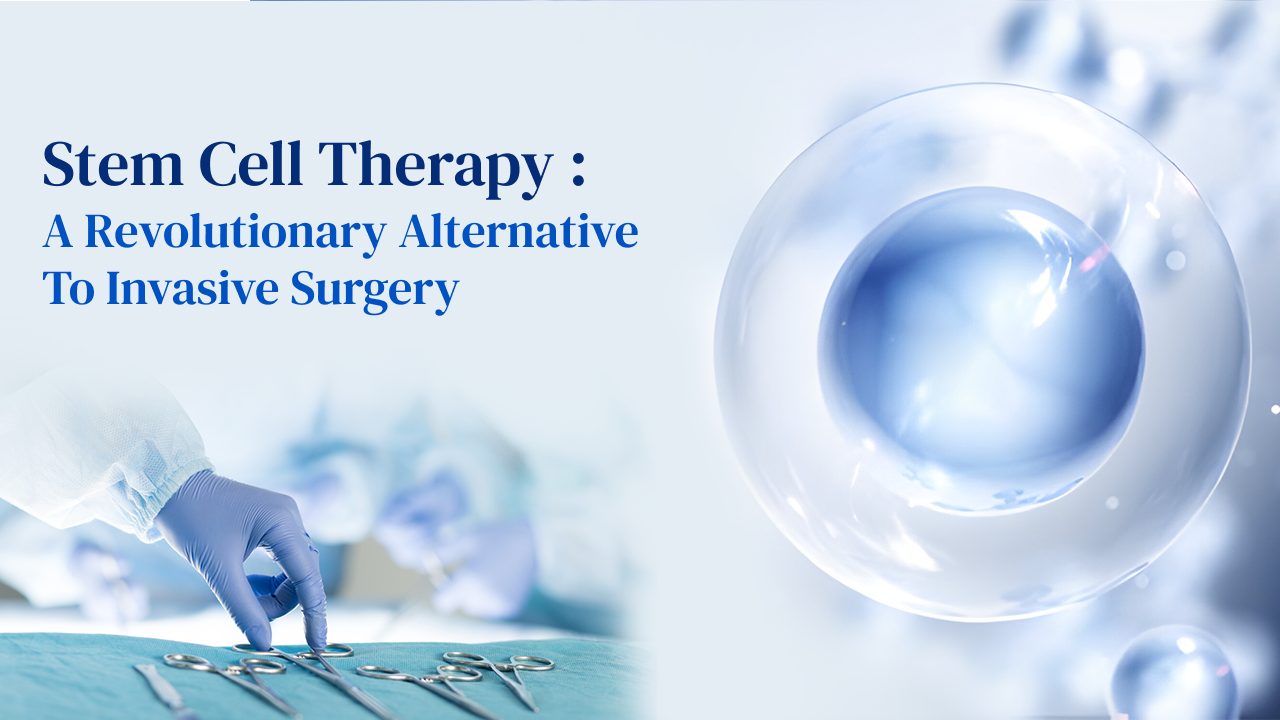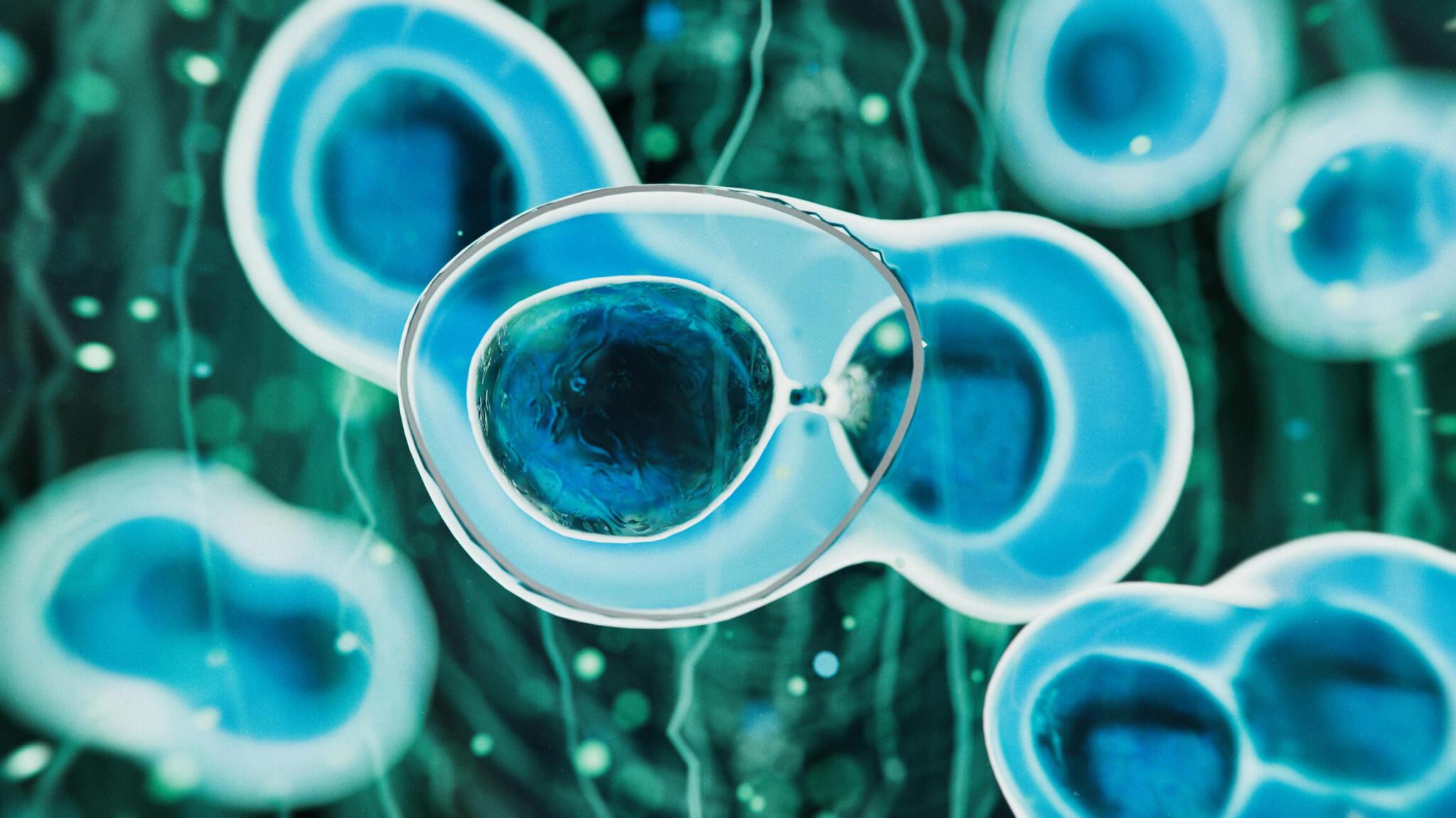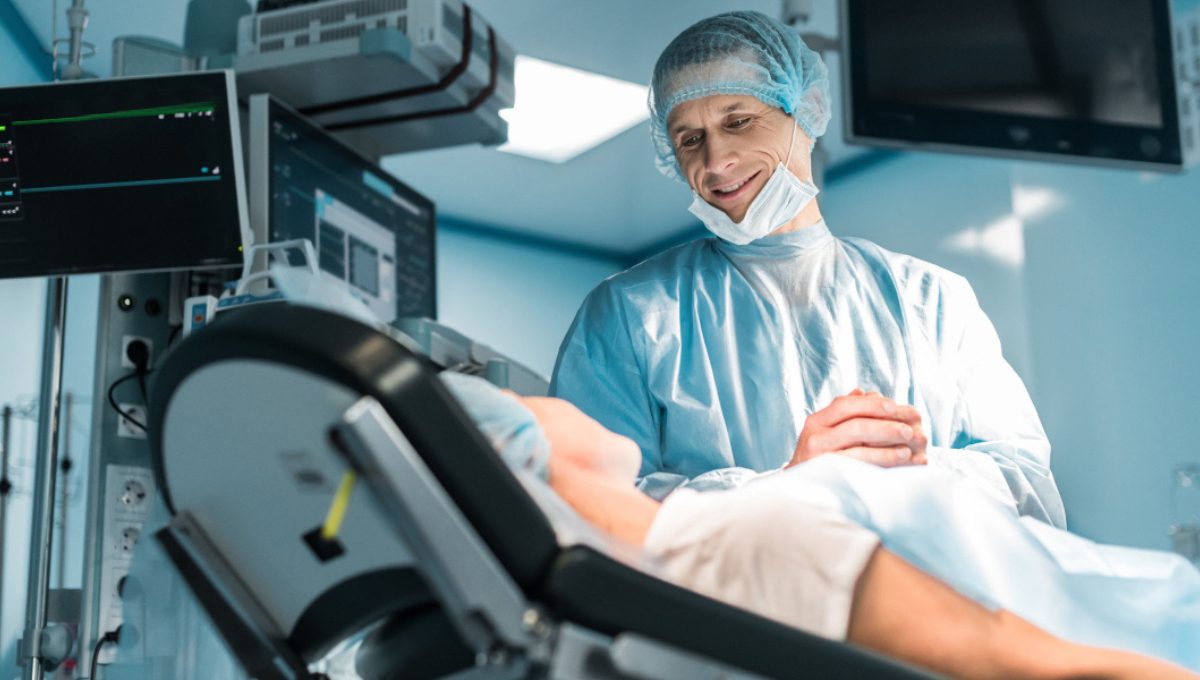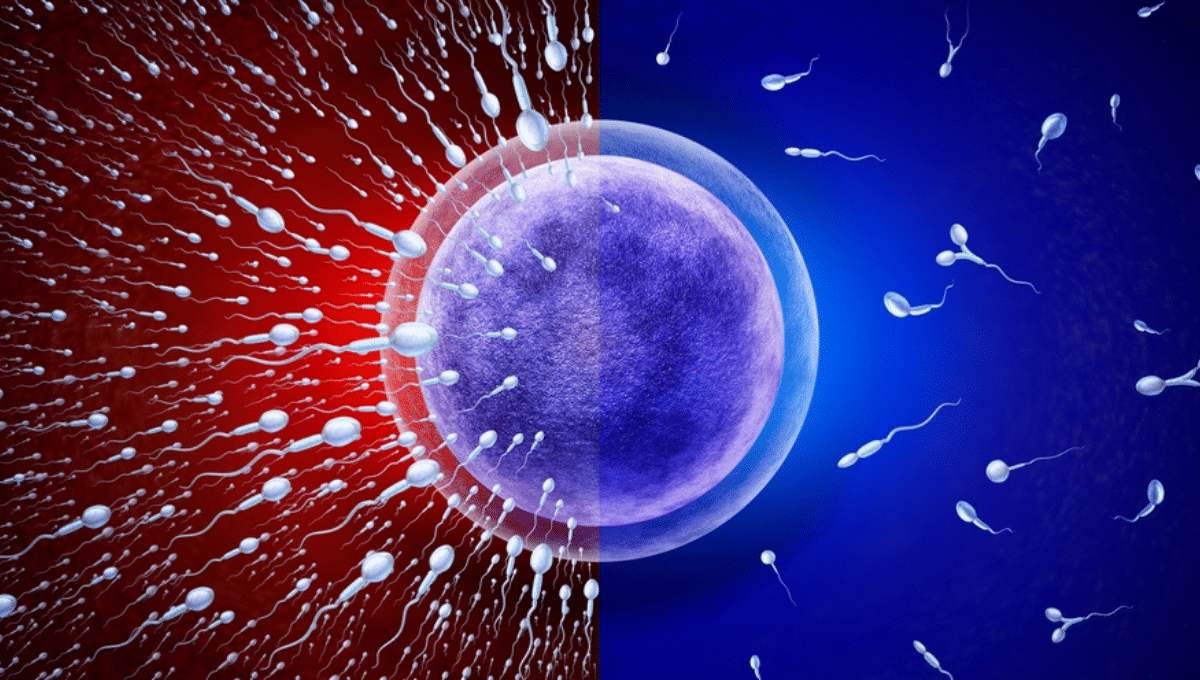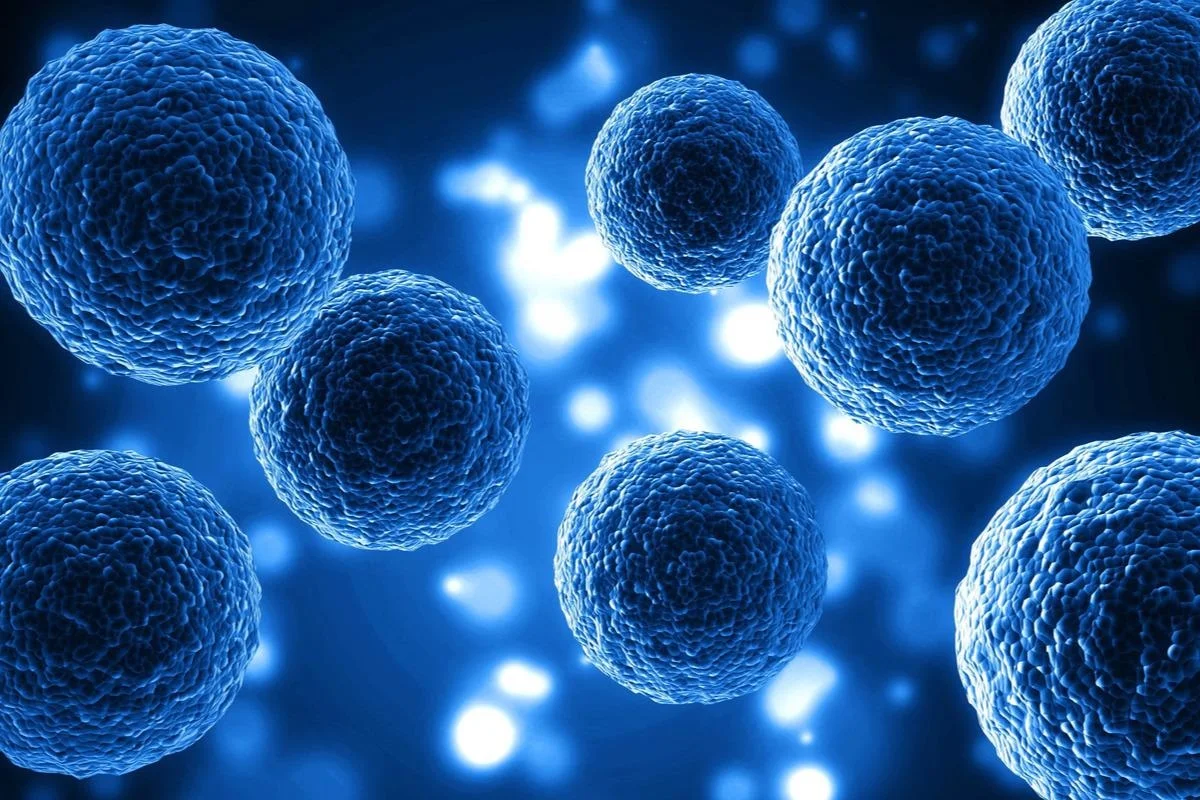- Home
- About Us
- Book Appointment
- Treatments
- Alzheimer’s Disease
- Anti-Aging
- Autism
- Autoimmune Disorders
- Back Pain
- COPD
- Crohns Disease And Ulcerative Colitis
- Erectile dysfunction and Penis enlargement
- Fibromyalgia
- Hip Pain
- Knee Pain
- Lupus
- Lyme Disease
- Multiple Sclerosis
- Muscular dystrophy
- Parkinsons Disease
- Peripheral And Diabetic Neuropathy
- Post Cancer Treatments
- Post Stroke Recovery
- Psoriasis
- Rheumatoid Arthritis
- Shoulder Pain
- Join The Club
- Aesthetics
- Blog
- Contact Us
Embarking on the regenerative journey of stem cell therapy is akin to unraveling the secrets of life at its cellular core. In this comprehensive guide, we delve into the intricate process of introducing stem cells into the human body. From understanding the fundamental nature of stem cells to exploring the specific types employed at the Life Altering Stem Cell Therapy Institute, this exploration aims to shed light on the remarkable journey of cellular healing.
What are Stem Cells? Decoding the Cellular Architects:
At the heart of regenerative medicine lies the extraordinary potential of stem cells. Stem cells are undifferentiated cells with the unique ability to develop into various specialized cell types. Acting as the body’s internal architects, these cells play a pivotal role in tissue repair, regeneration, and the maintenance of overall health.
How is the Process of Stem Cells in the Organism? Unraveling the Journey:
The process of introducing stem cells into the organism is a carefully orchestrated symphony, involving multiple stages that align with the body’s natural processes. Here’s a step-by-step guide to the journey of stem cells within the human body:
- Source Identification:
The journey begins with the identification of a suitable source of stem cells. Stem cells can be derived from various tissues, including bone marrow, adipose (fat) tissue, and, as in the case of the Life Altering Stem Cell Therapy Institute, from donated cord blood. - Ethical and Effective Sourcing:
Ensuring an ethical and effective source is crucial. At L.A.T, the choice to work with embryonic stem cells obtained from donated cord blood carries both ethical considerations and practical advantages. Cord blood, considered biological waste after birth, poses no risk to the mother or child during its removal. This approach aligns with the Institute’s commitment to ethical stem cell sourcing. - Isolation and Processing:
Once the source is identified, the stem cells are isolated and processed to ensure purity and viability. This step involves removing any unwanted components and concentrating the stem cells to enhance their therapeutic potential. - Patient Evaluation and Customization:
Before the infusion of stem cells, a thorough evaluation of the patient’s health and medical history is conducted. This evaluation guides the customization of the stem cell therapy to meet the individual needs and conditions of the patient. - Infusion Process:
The actual infusion of stem cells is a minimally invasive procedure. The concentrated and processed stem cells are introduced into the patient’s body through targeted injections. These injections are strategically administered to reach the specific areas where regeneration and healing are needed. - Homing and Integration:
Once introduced into the body, stem cells exhibit a remarkable ability to home in on areas of inflammation, injury, or damage. They integrate seamlessly into the existing tissues and initiate their regenerative work by differentiating into specialized cell types needed for repair. - Regeneration and Healing:
The regenerative process begins as the stem cells release growth factors and signaling molecules. These bioactive substances stimulate the surrounding cells, promoting tissue repair, reducing inflammation, and fostering a healing environment. - Monitoring and Follow-up:
Post-infusion, patients undergo monitoring and follow-up to assess the progress of the regenerative process. This phase may include additional treatments, adjustments to the therapeutic plan, and ongoing evaluation to ensure the optimal outcome of stem cell therapy.
Types of Stem Cells: Deciphering Nature’s Versatility:
Stem cells come in various types, each with unique characteristics and potential applications:
- Embryonic Stem Cells:
Derived from embryos, these pluripotent cells have the remarkable capacity to differentiate into any cell type in the body. Their versatility makes them a potent tool for regenerative medicine. - Adult or Somatic Stem Cells:
Found in various tissues of the body, these multipotent cells have a more limited differentiation capacity. They play a crucial role in maintaining and repairing specific tissues. - Induced Pluripotent Stem Cells (iPSCs):
Created by reprogramming adult cells, iPSCs have the ability to differentiate into various cell types. They offer a potential source of patient-specific stem cells for personalized therapies.
Read Also: Healthy Habits to Amplify the Potential of Stem Cell Therapy
What Stem Cells Are Used in L.A.T? The Pinnacle of Ethical and Effective Therapy:
At the Life Altering Stem Cell Therapy Institute, the choice of stem cells is deliberate and ethical. The Institute works with embryonic stem cells obtained from donated cord blood. This approach guarantees patients an extremely effective therapy, as embryonic stem cells can create any specialized cell type needed by the body.
Why Cord Blood? Unlocking Ethical and Practical Advantages:
Utilizing cord blood as a source of embryonic stem cells holds both ethical and practical advantages. Cord blood, a byproduct considered biological waste after birth, poses no risk during its removal. This ethical approach addresses concerns associated with embryonic stem cell use while tapping into a potent source that would otherwise go to waste.
Conclusion: Navigating the Nexus of Cellular Healing
The process of introducing stem cells into the human body is a journey into the very essence of life and regeneration. From ethical sourcing to strategic infusion and the orchestration of healing within the body, stem cell therapy represents a paradigm shift in the approach to medical interventions.
At the Life Altering Stem Cell Therapy Institute, the commitment to ethical practices, coupled with the deliberate choice of stem cell sourcing, exemplifies a dedication to the highest standards of regenerative medicine. As we navigate the nexus of cellular healing, the potential for transformative outcomes unfolds, unlocking new possibilities for those seeking life-altering wellness through the regenerative power of stem cell treatments.
